Jules Van Biesbroeck was born in Italy in 1873 when his parents had settled there. Indeed, his father was the Belgian painter Jules Evarist Van Biesbroeck. Like many artists of his time, he was working in Italy when his son Jules was born. The young boy first lived in Italy and his family returned to Ghent when he was two years old. He first apprenticed with his father and then joined Kuhnen's class at the School of Fine Arts. A child prodigy, he sold his first painting, "The Shepherd", at the age of 14, during the triennial exhibition in Ghent. The following year, he exhibited for the first time in Paris, at the Salon des Champs-Élysées. He is distinguished by his monumental painting and especially by his nude models. The painting scandalized the censors, and the young artist was asked to cover his figures with veils before the exhibition. The teenager's work is finally recognized, the jury gives him an honorable mention on the recommendation of William Bouguereau himself. He is distinguished both in painting and in sculpture. In 1897, he came second, behind Henri Boncquet, at the Belgian Prix de Rome in the sculpture class and in 1898, he obtained the same place in the painting class.
A few years later, he received orders from the city of Ghent to create numerous monuments. He participated in numerous international events, including the 1900 Universal Exhibition in Paris. In 1901 he was awarded a gold medal at the Glaspalast International Art Exhibition in Munich and again by the city of Milan in 1906. He unanimously became a member of the Accademia di Belle Arti di Brera in 1910. He painted symbolist works before turning to orientalism. Due to the First World War, he left Brussels in 1914 and settled in Bordighera, in the villa "Nid Propre", where he devoted himself to impressionist painting and sculpture. In 1926, finally attracted by new horizons, he began to travel to North Africa. Then, in 1927, he discovered Algeria, which was a real revelation for him. He changes his palette to lighter tones and depicts orientalist scenes, notably the inhabitants of Bou-Saada. He remained in Algeria until 1938, then returned to Ghent, where he continued mainly to paint orientalist paintings.






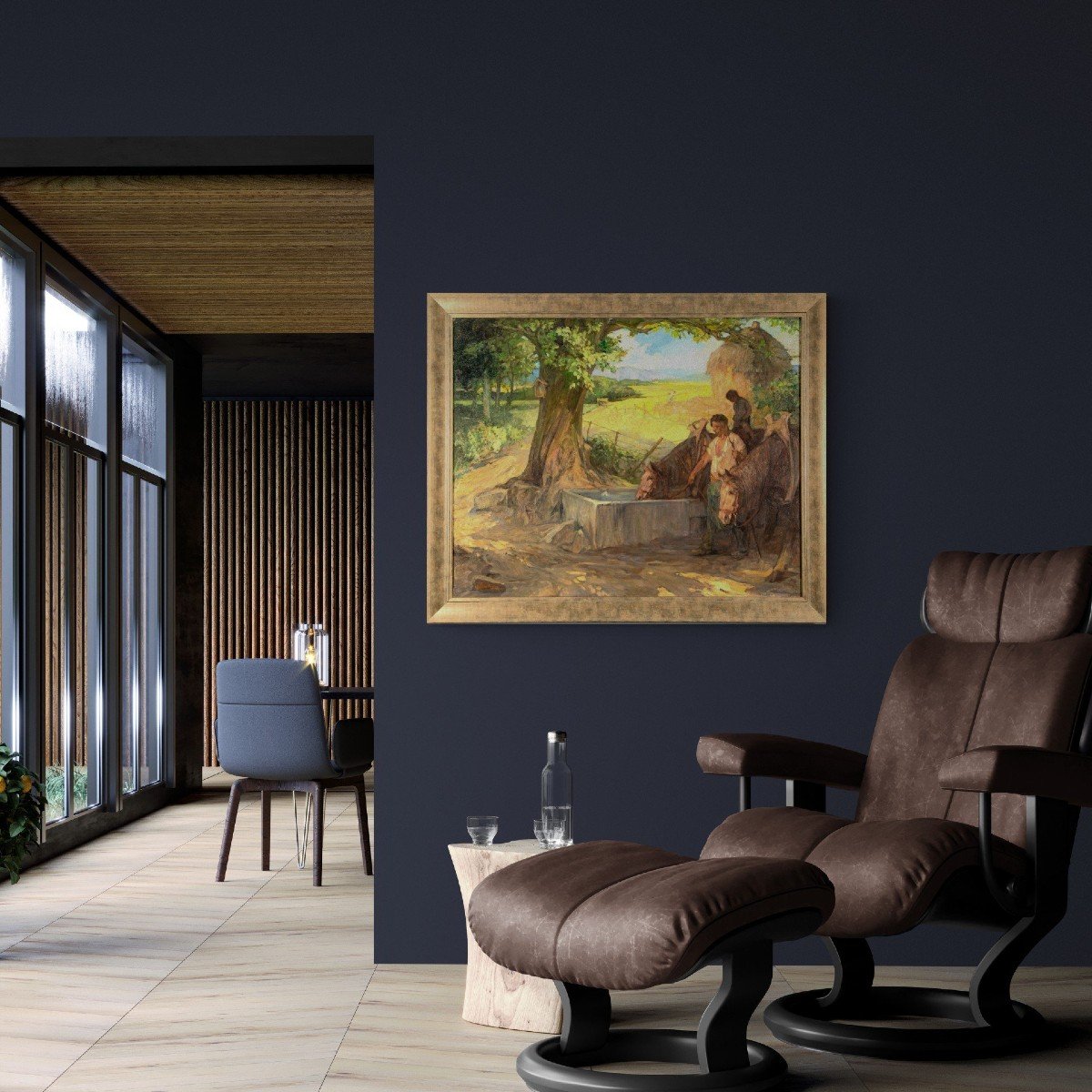

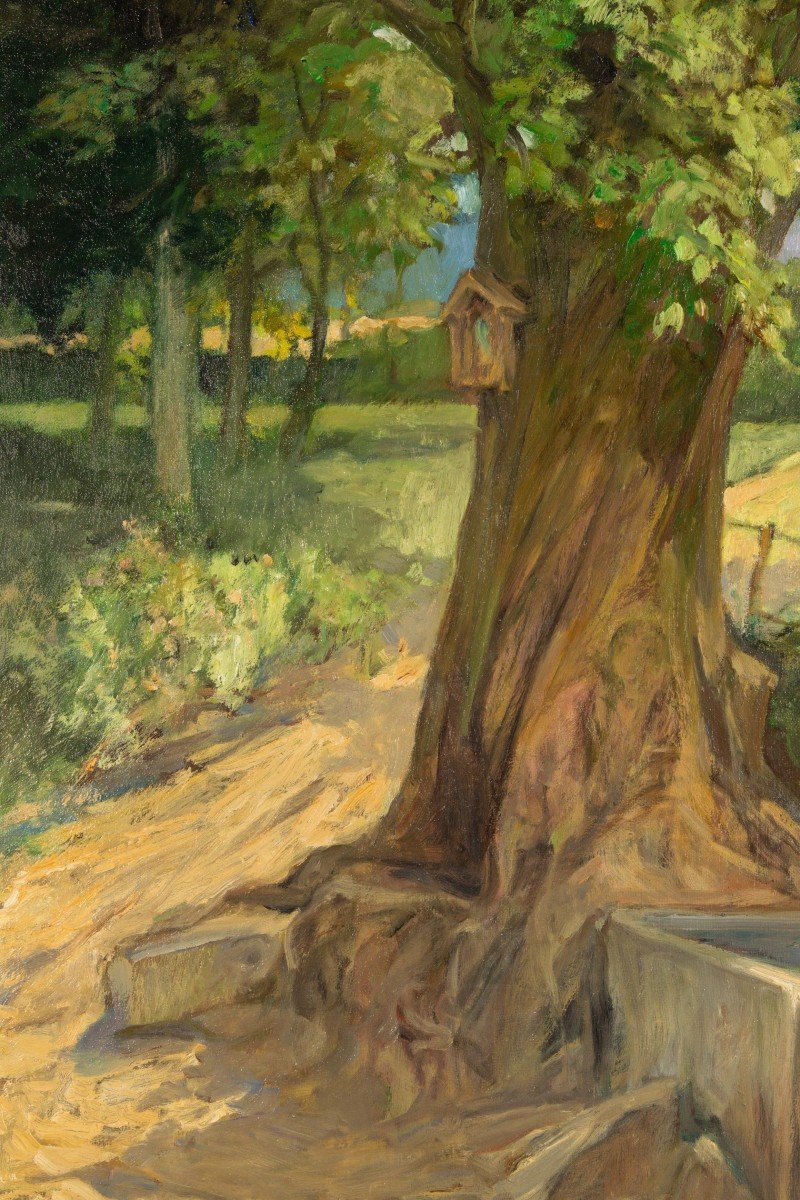

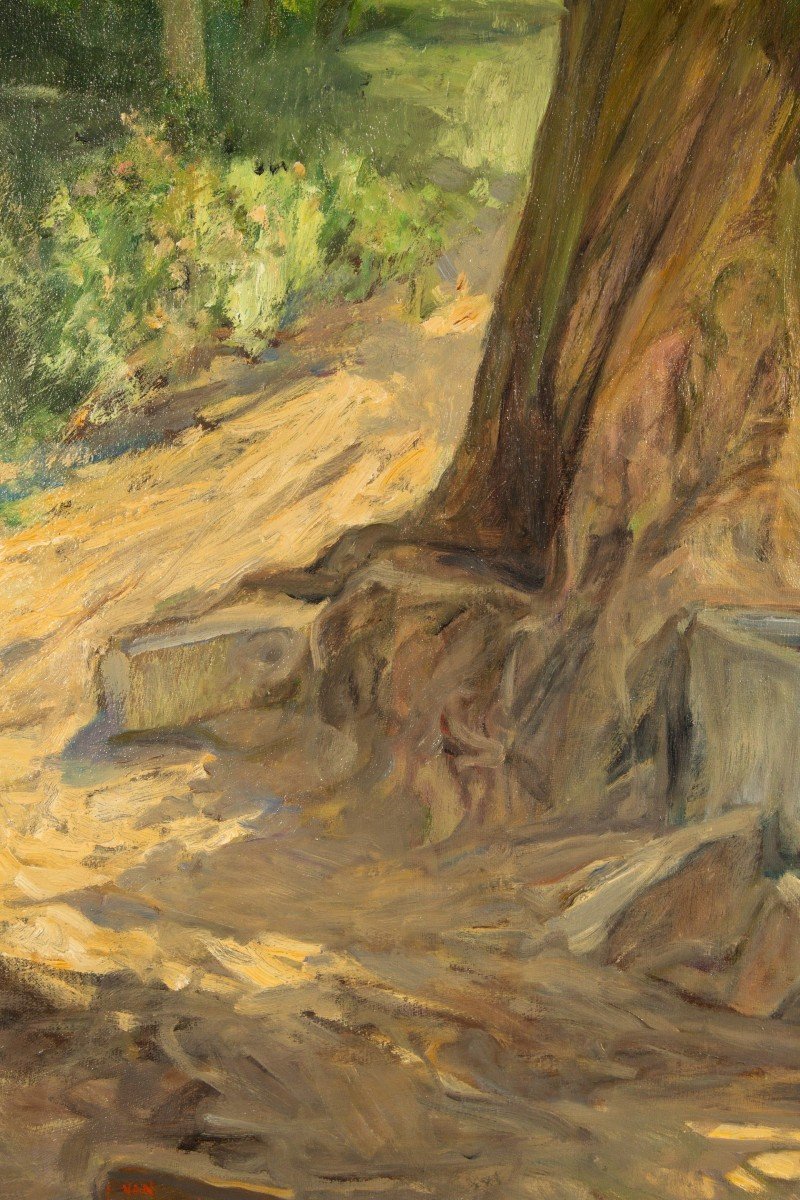

















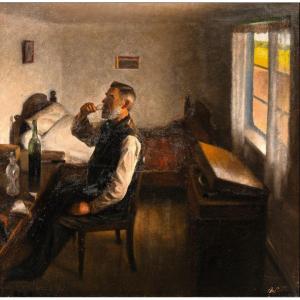


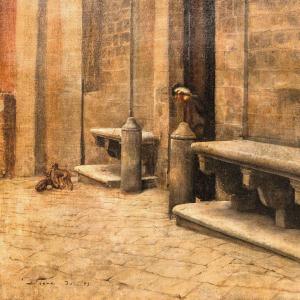

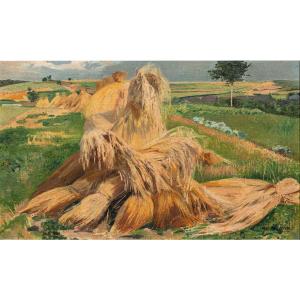

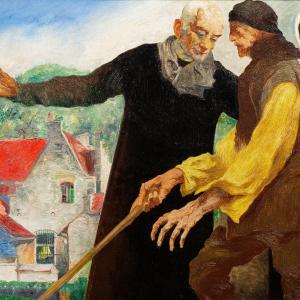



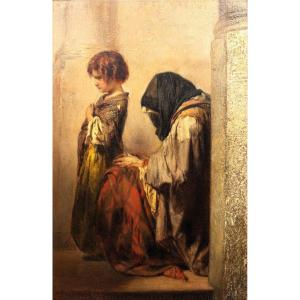

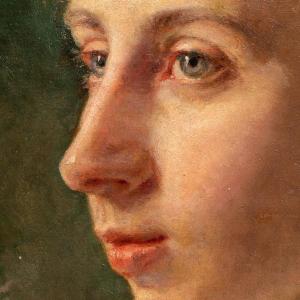

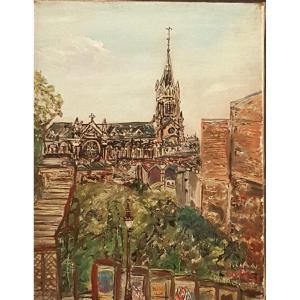
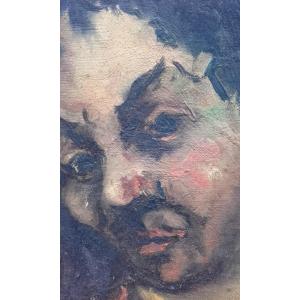

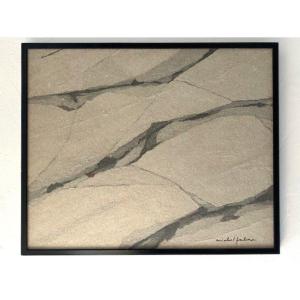



 Le Magazine de PROANTIC
Le Magazine de PROANTIC TRÉSORS Magazine
TRÉSORS Magazine Rivista Artiquariato
Rivista Artiquariato